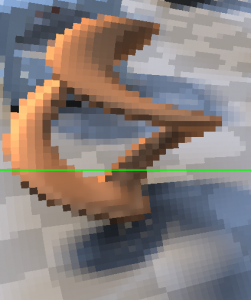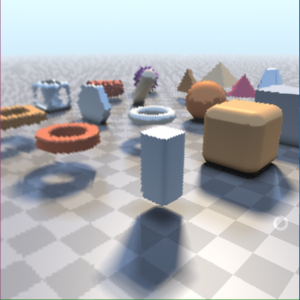As we discussed last week, to make our paper better, we should:
- Make our algorithm better than others.
- Do user study.
- Compare with work of others.
To make our algorithm better than others, what I did last week is:
- Do interpolation for the rendered scene so there is no feeling of large pixels.
- Although interpolated, there are still jaggies in the frame. To reduce jaggies:
- I built a contrast map and did contrast-related blur. Jaggies exist at the position where contrast is large.
- I did bilateral filtering. The jaggies is not reduced, but it has very good effect of smoothing.


To compare with work of others, I need to redo the work of others.
I have already implemented the work of Microsoft without blur.
Built a summary for the
Next week:
Implement code of nvidia paper.
A similar apporach: https://github.com/GameTechDev/DeferredCoarsePixelShading
Microsoft code:
https://www.microsoft.com/en-us/download/details.aspx?id=52390
Write the summary paper.
Today:
Deferred shading is a screen-space shading technique. It is called deferred because no shading is actually performed in the first pass of the vertex and pixel shaders: instead shading is “deferred” until a second pass.
Decoupled shading: shades fragments rather than micropolygons vertices. Only shades fragments after precise computation of visibility.
Visibility: how much we read from the primitives
Shading rate: how much we render.